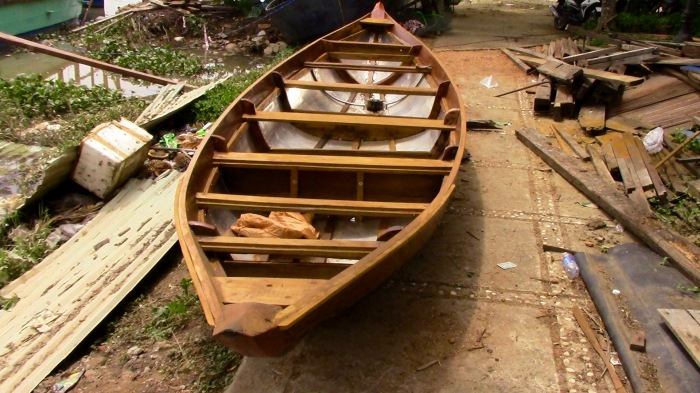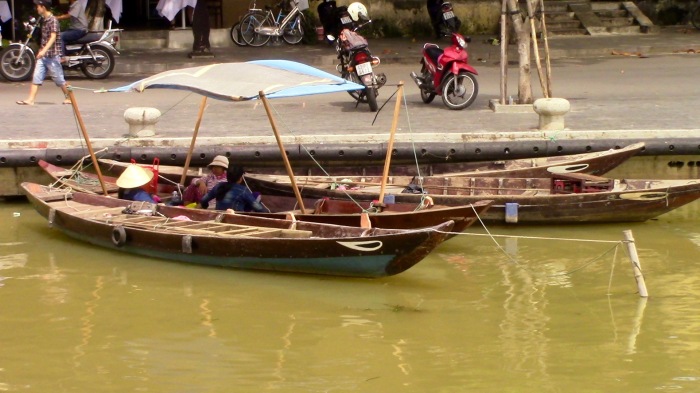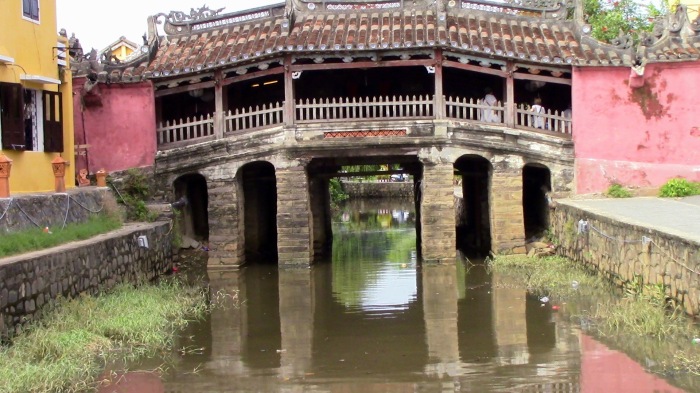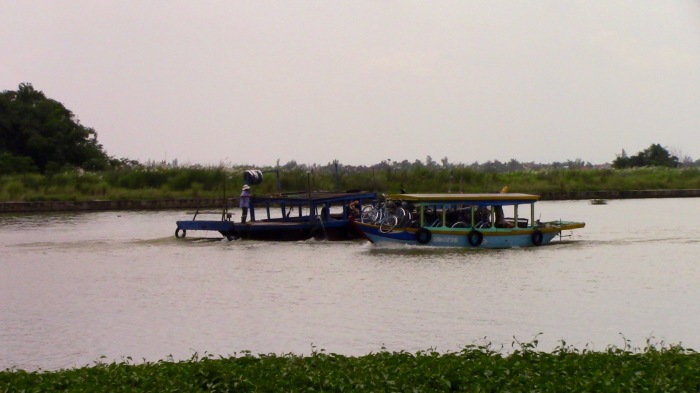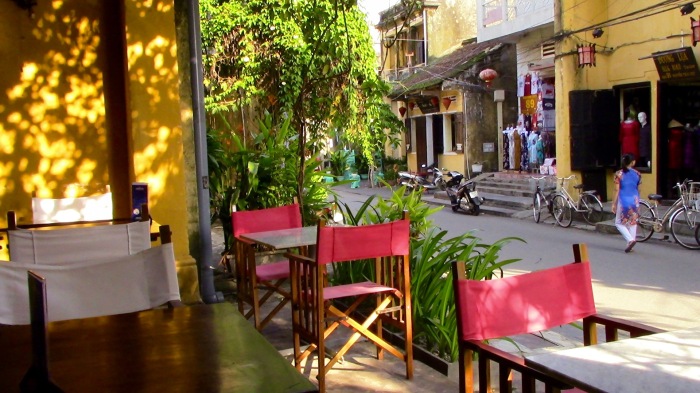
In my early youth, Cuba was never far from one’s mind. The revolution with Castro Che Guevara and Camilo Cienfuegos, the Bay of Pigs, The Cuban Missile Crisis, the Blockade, the decadence and depravity of pre-revolutionary Cuba and Graham Greene’s Our Man In Havana made Cuba romantic, scary, and fascinating all at the same time. When the time came to go there a sense that I might be disappointed after all that lurked in the back of my mind but I wasn’t.

Havana is very much open for the business of visitors, and it is a great city to walk in. People are polite helpful hungry to do business well, and its very safe since the authorities are well aware of the consequences of crime on tourism. There are of course the usual hustlers hanging around but they usually take no for an answer. Development means that new and old sit side by side in the Havana of today.
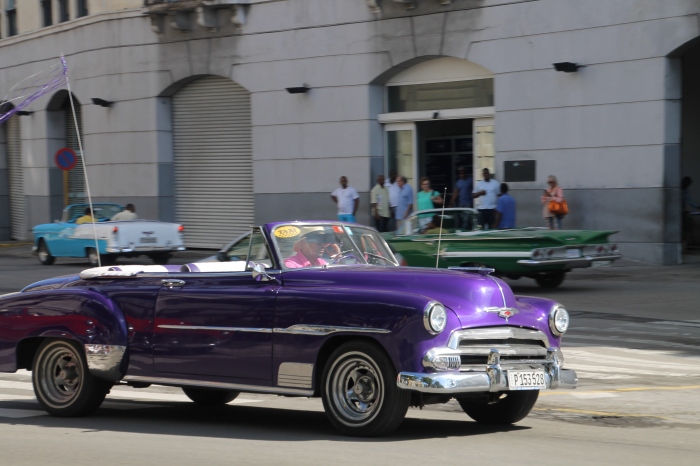
Havana is famous for its old 1950s American cars which have been lovingly cherished and preserved through the blockade and continue to serve the residents as well as being a draw for visitors as taxis. These taxis can vary in quality and price so ask around and the best way is to get a recommendation from a local or the place you are staying. It is not only antique cars but you can also find antique Jukeboxes in bars pumping out Cuban music both traditional and modern.
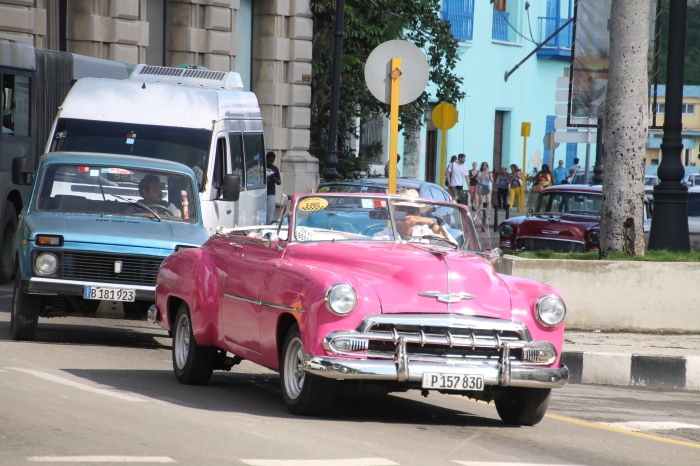
It can be wearing to have a dish shoved into your face for a donation when you have had to listen to Guantanamera for the 29th time that day, but look around the live music which is everywhere and there is some great music.
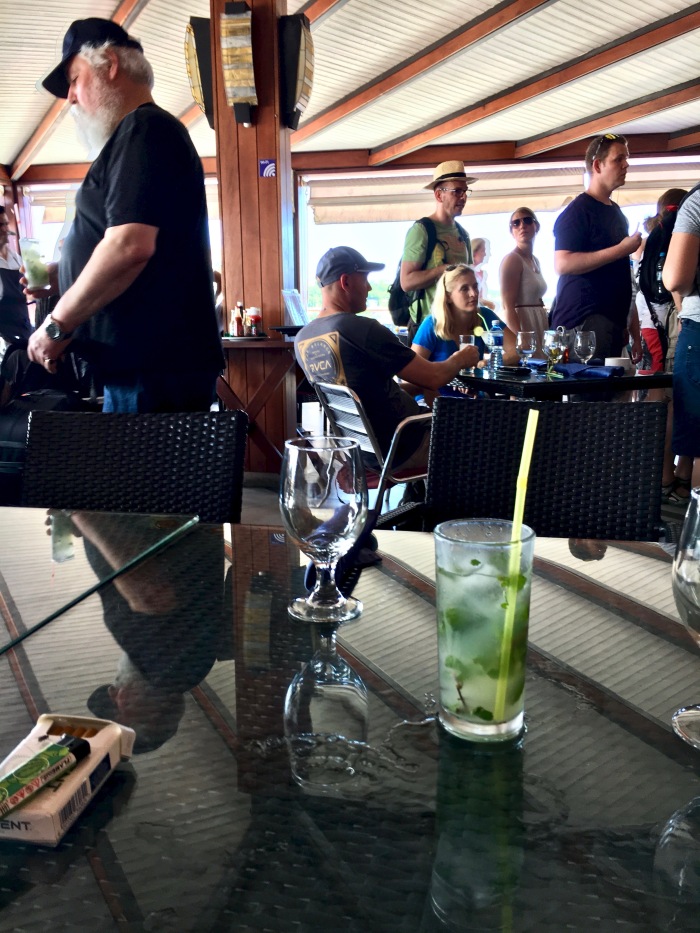
The cult of Earnest Hemingway is prominent and there is a lot to look at. For me a visit to the Ambos Mundos where he stayed was fun, and if the rooftop bar now caters for mass tourism and the odd papa Hemingway look-alike the mojitos are great and will keep you mellow on a hot Havana afternoon.
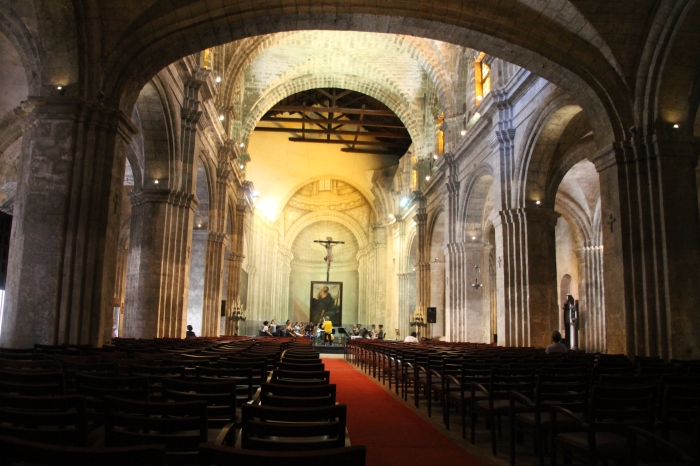
There is a lot of great architecture much of it being renovated and it is refreshing that these buildings and churches are not just for viewing they are used too. Sit in a café or bar at the end of the day and absorb the atmosphere and be part of the tradition of talking and absorbing the good things in life at which the Cubans are so adept.

Problems? Few, just ATMs which are few and far between and sometimes empty so bring cash or use banks, and wifi. If like me you were born before technology and progressed from “great idea but it will never work” to being a complete addict of gadgets and gizmos which all seem to need Wi-Fi you might freak, but stay somewhere that has it or join the interesting groups hanging outside hotels and places using their Wi-Fi hot spots, its actually quite fun and a relief to the addiction.
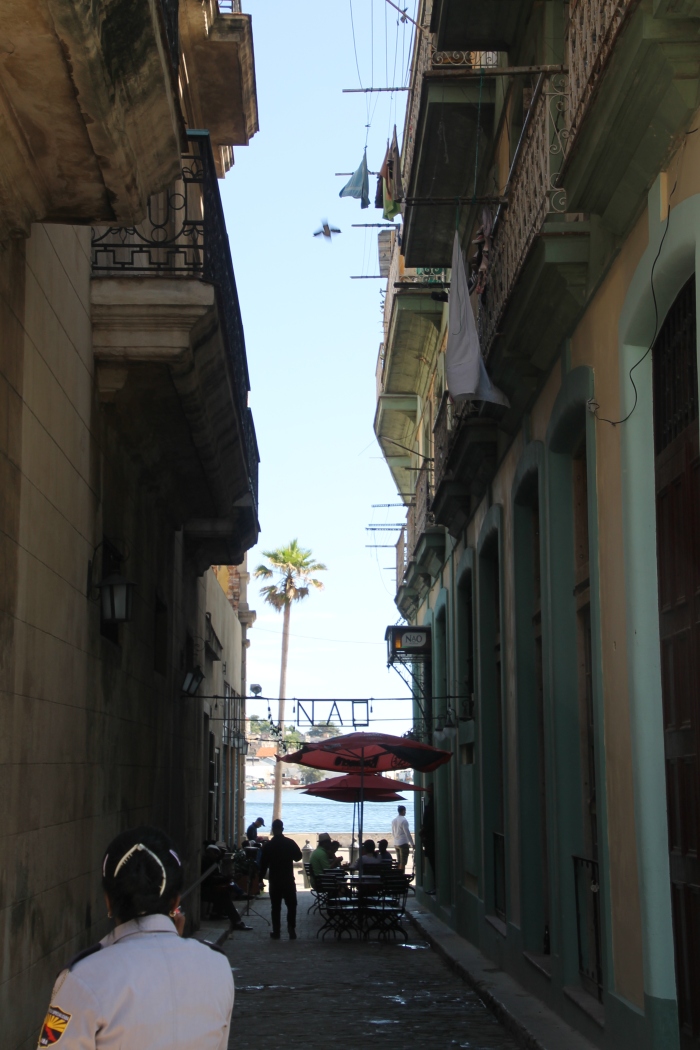
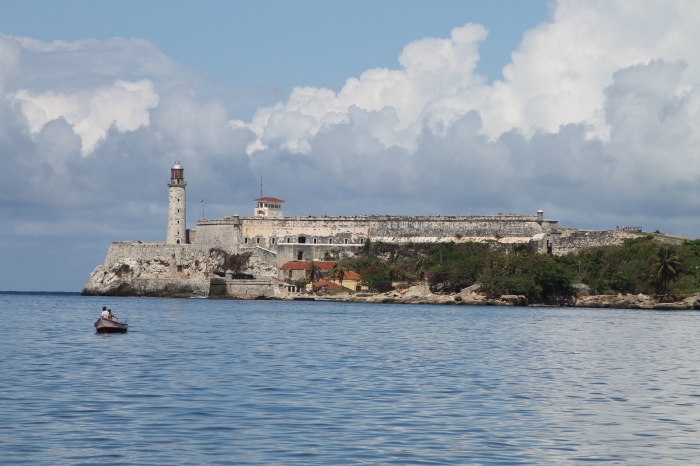
Someone wrote that as far as cities go Havana is a festering treasure chest, a primary colour. That is right.

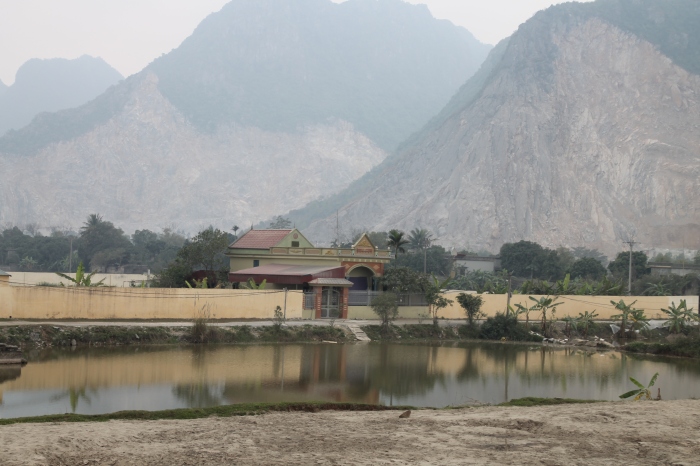
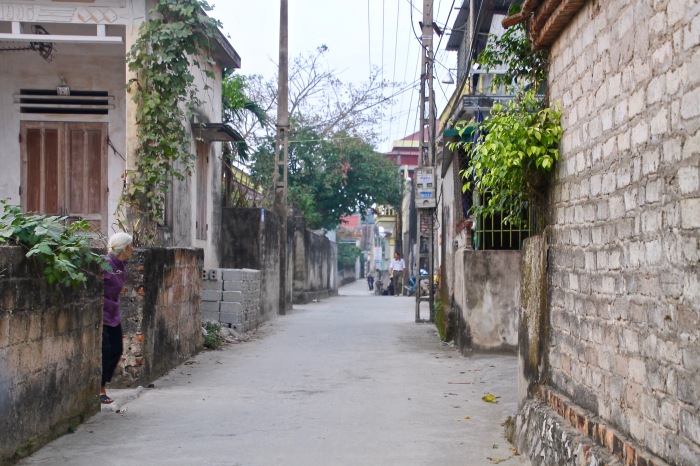
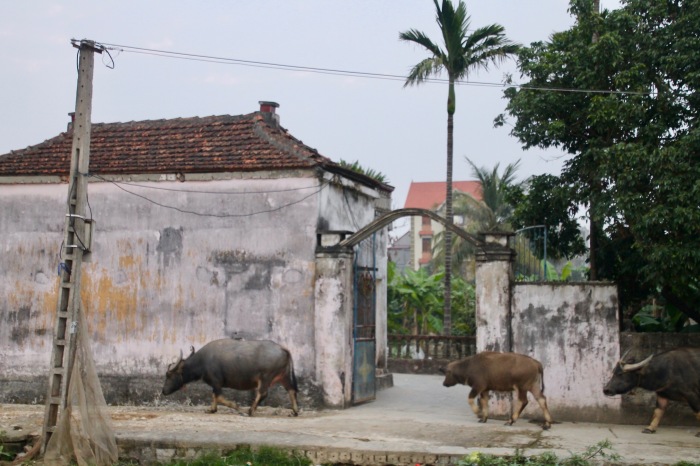
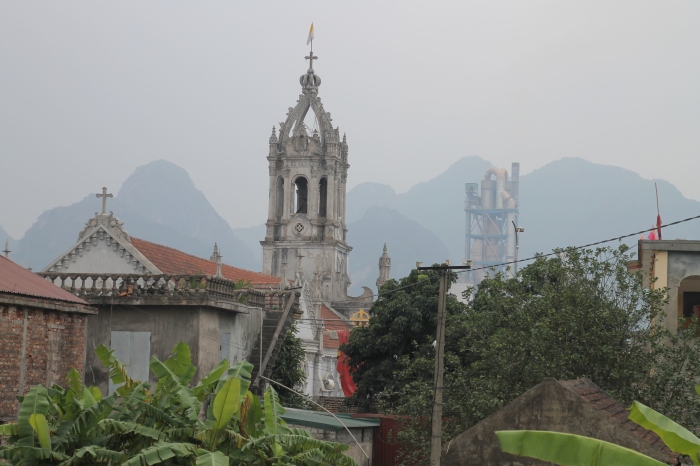
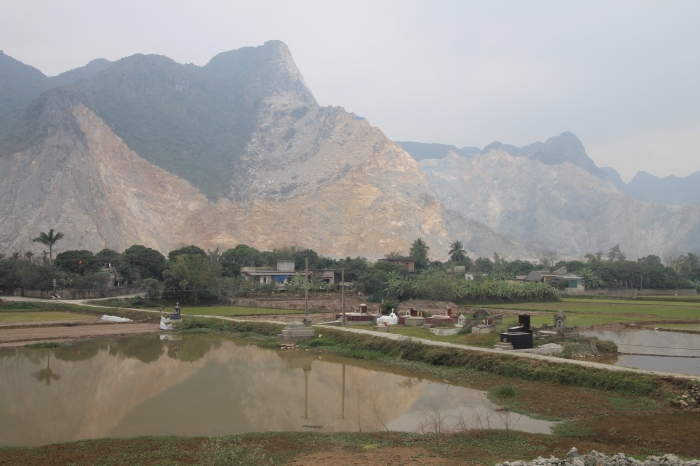
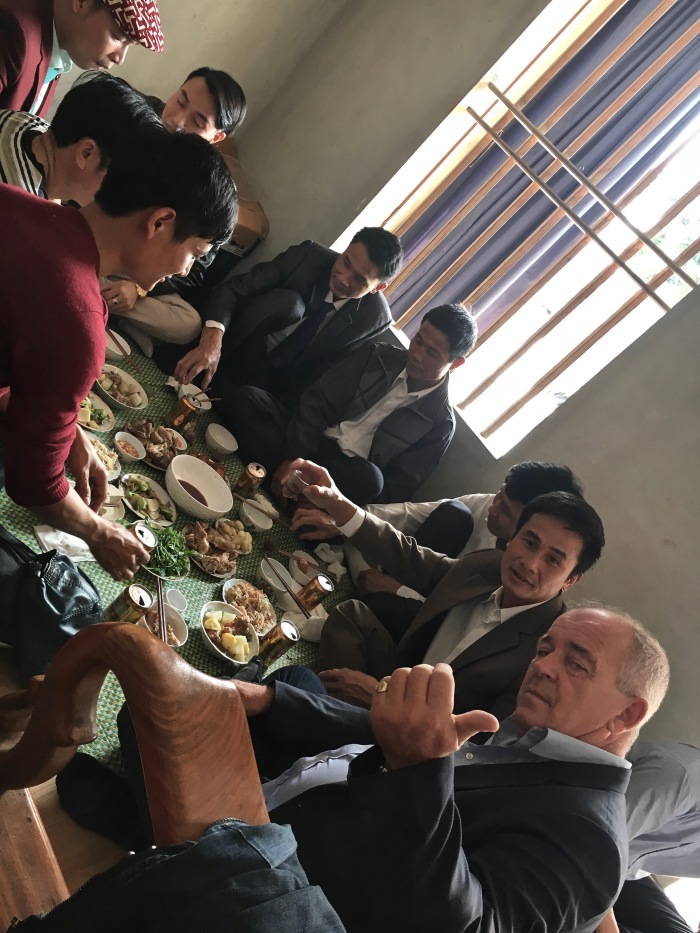
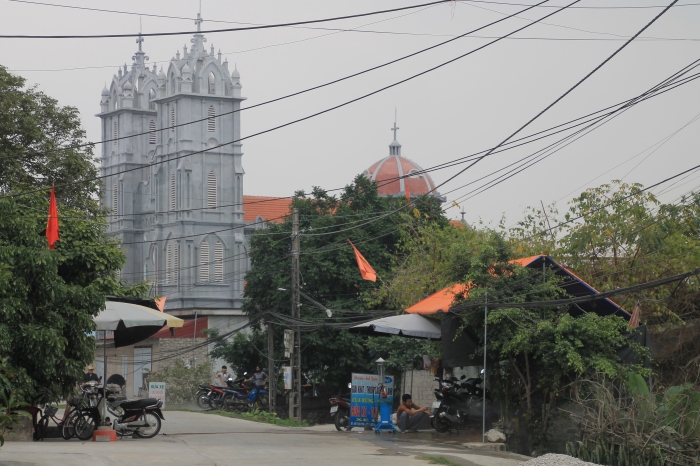
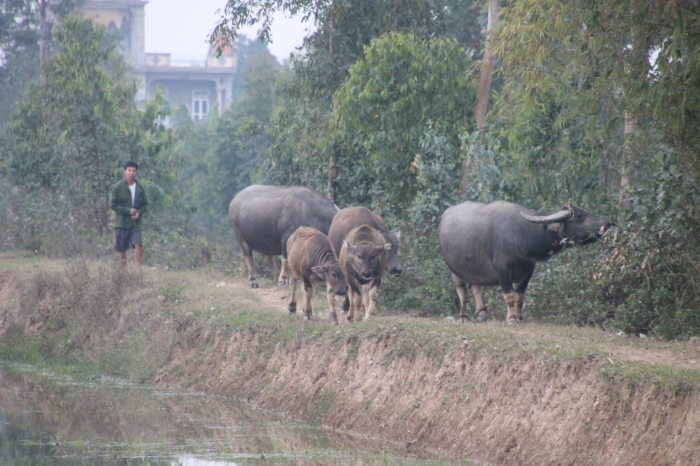
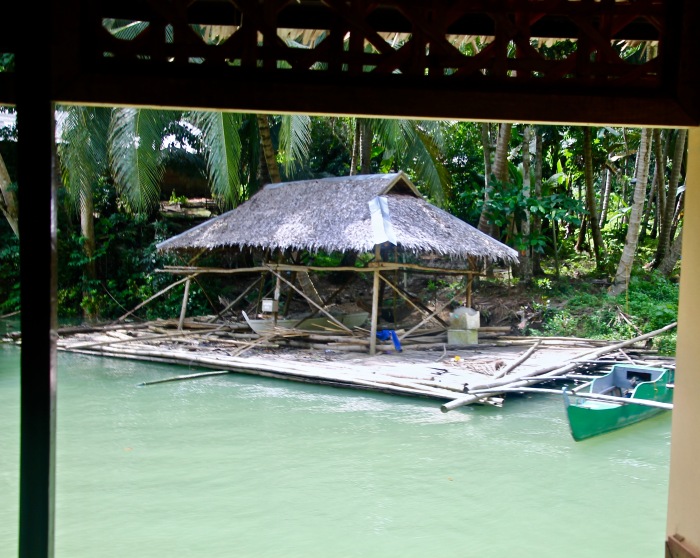
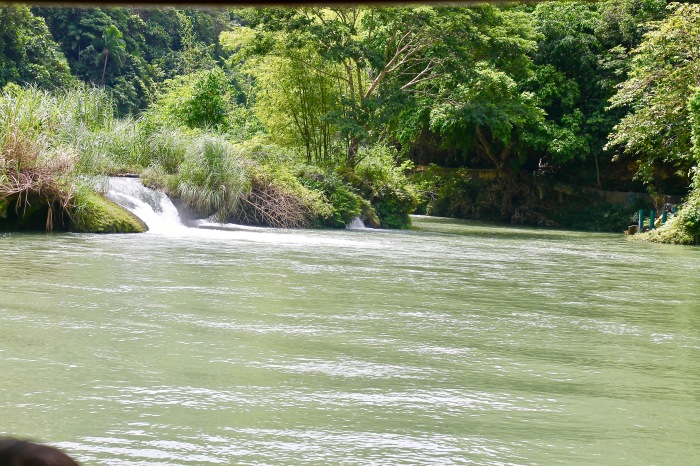
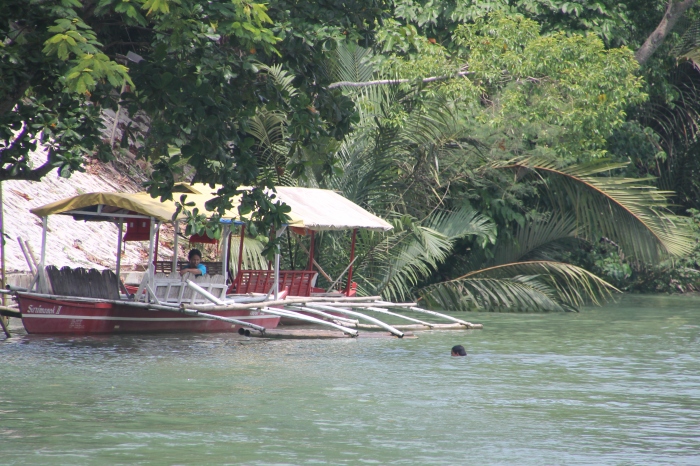
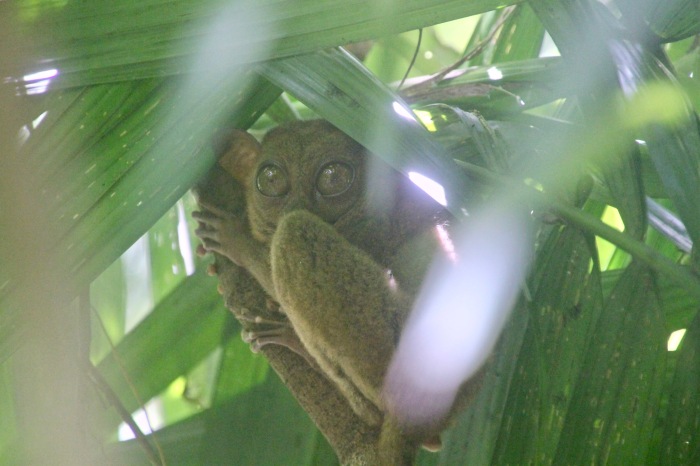
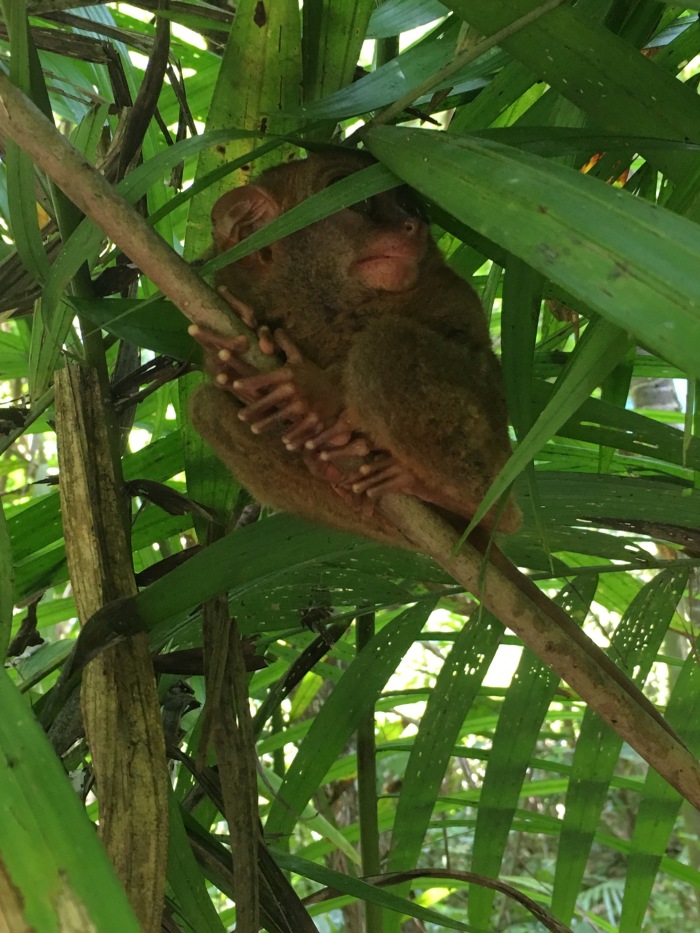
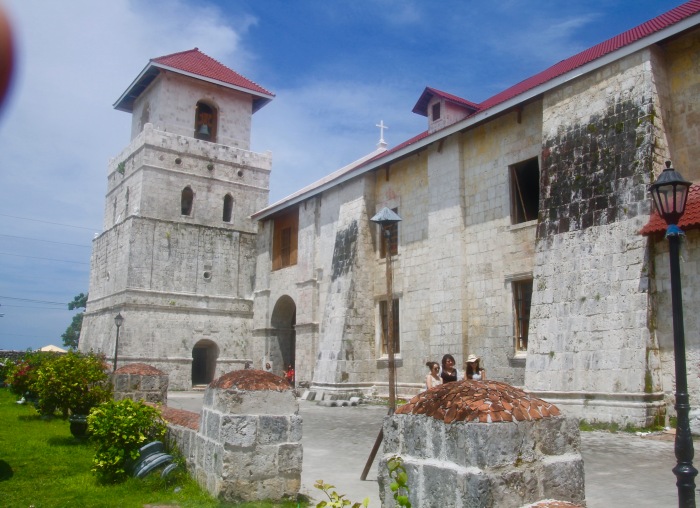
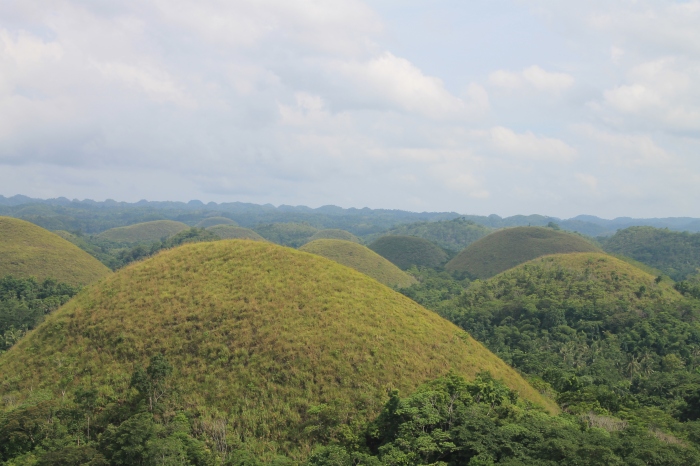
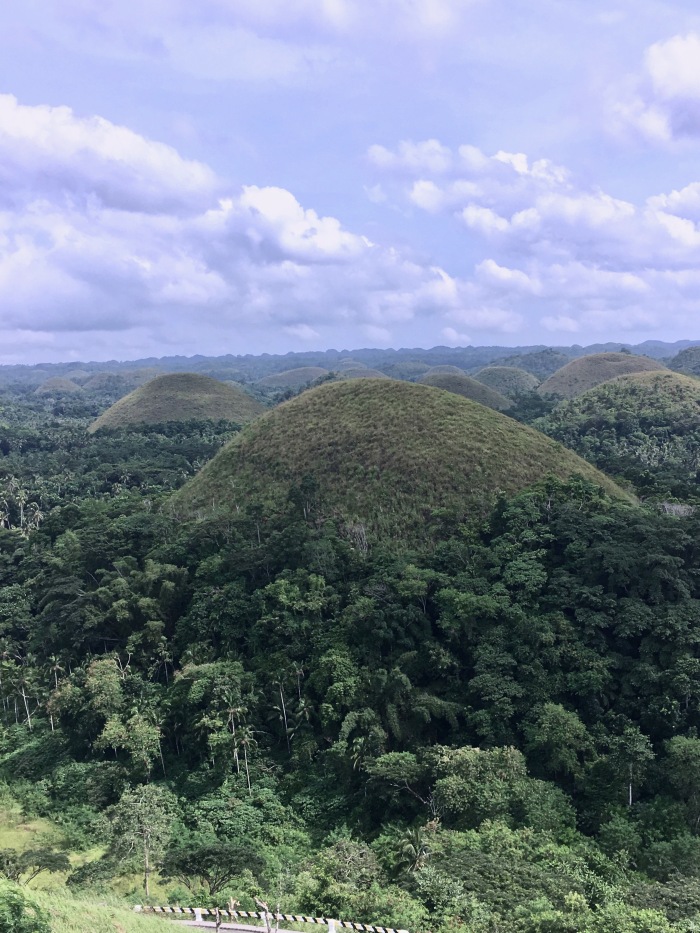

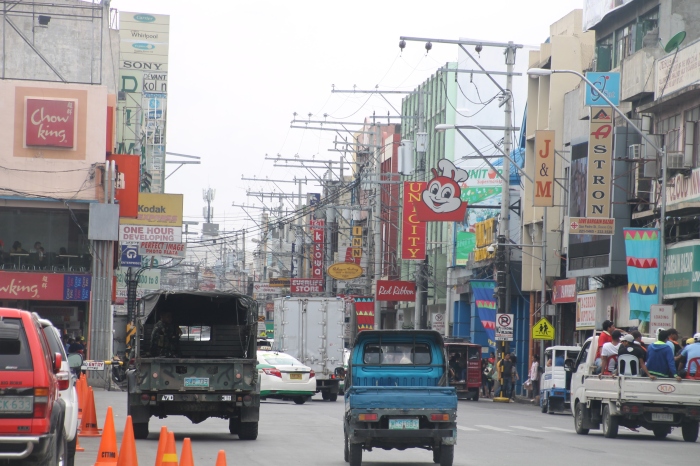
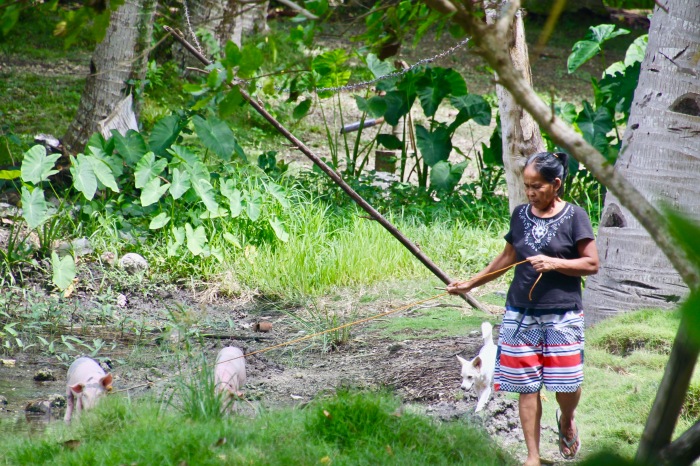
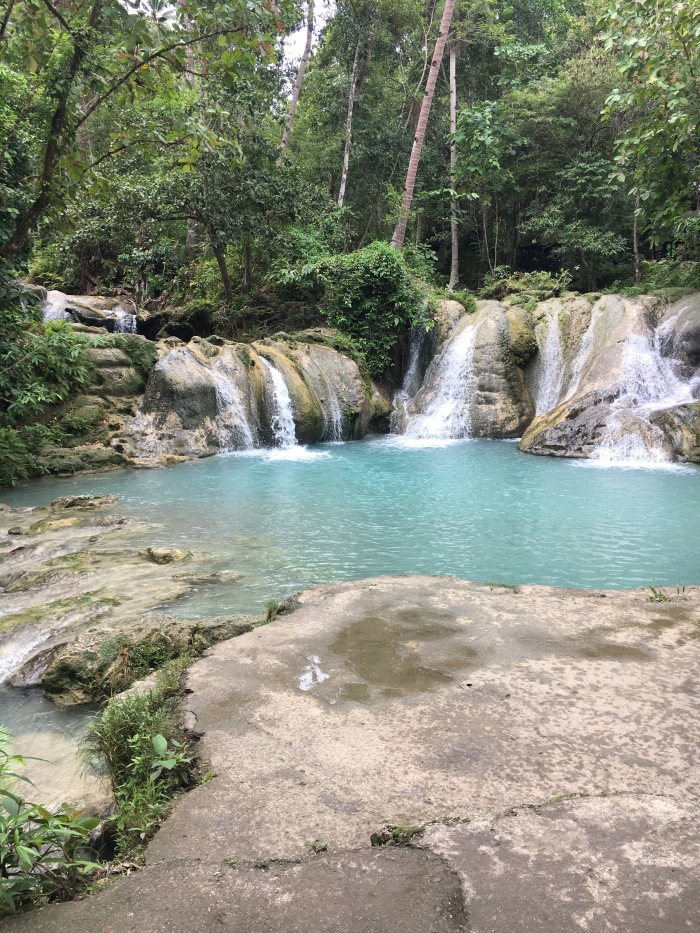

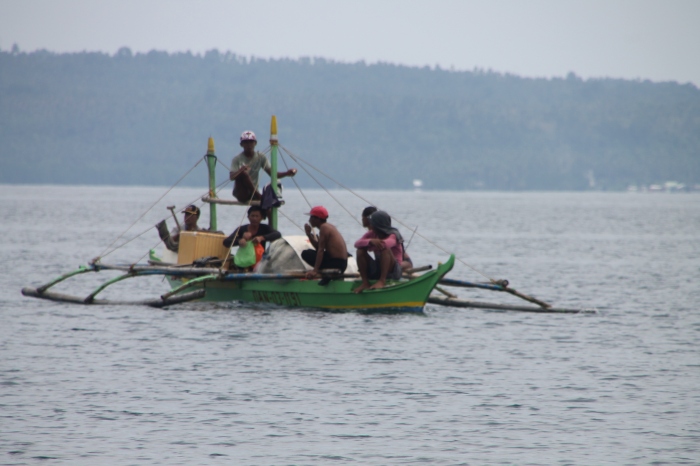
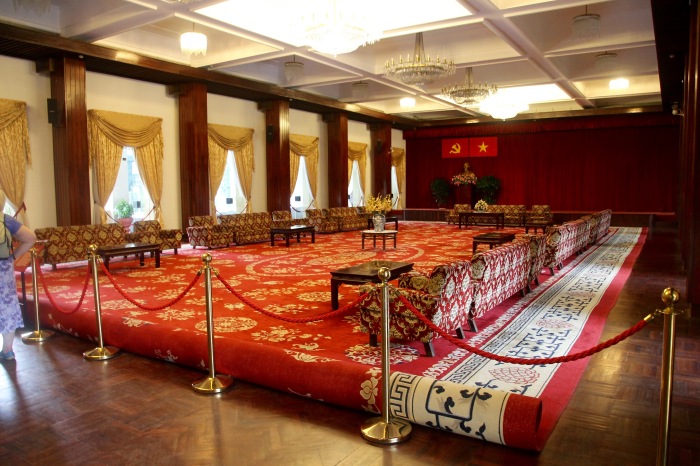
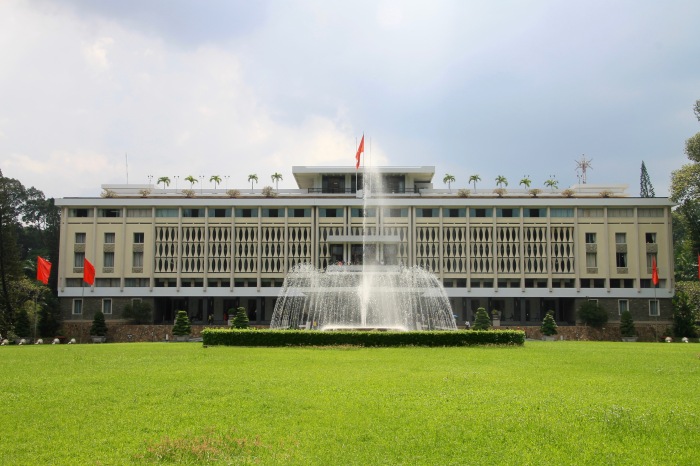

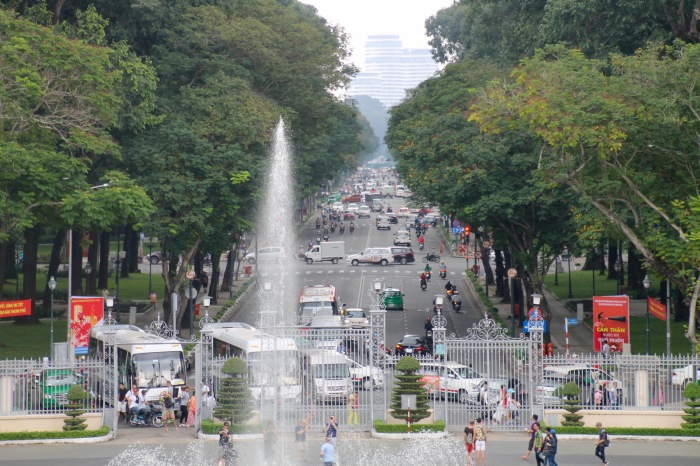


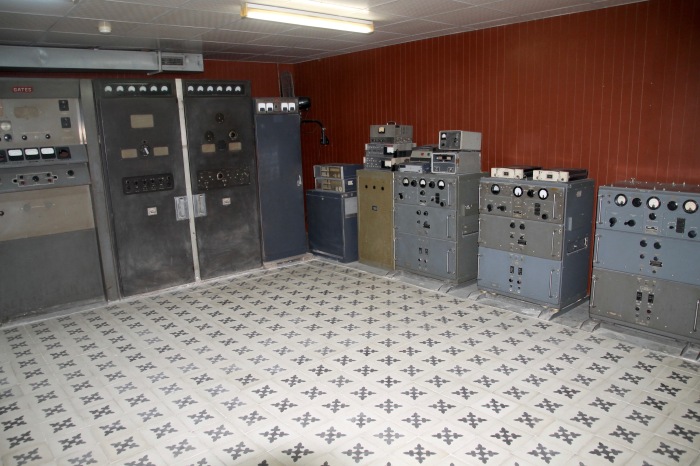
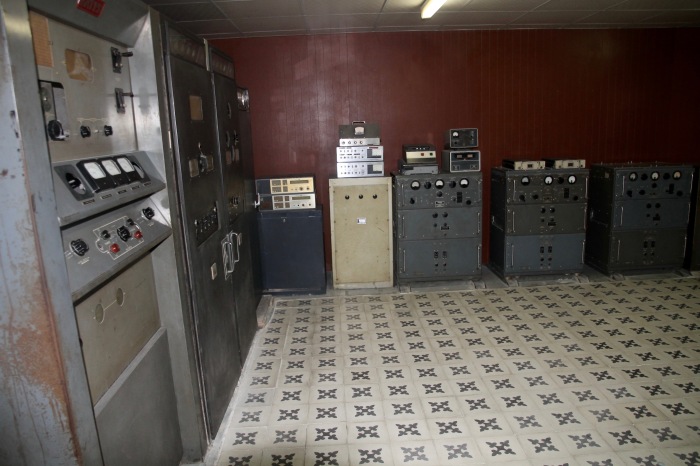
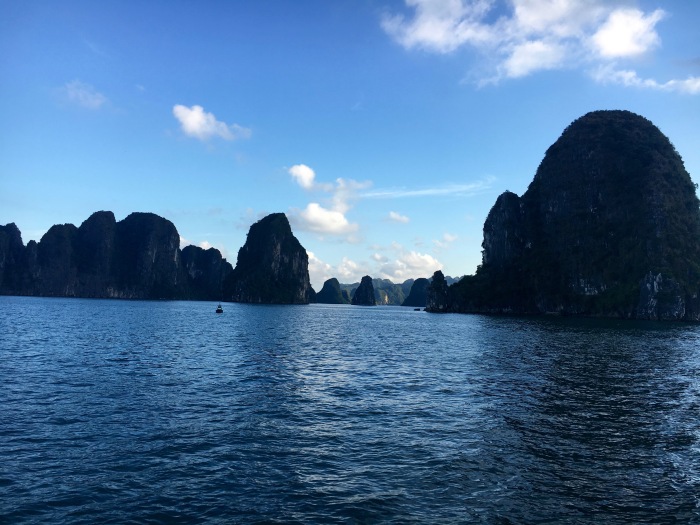


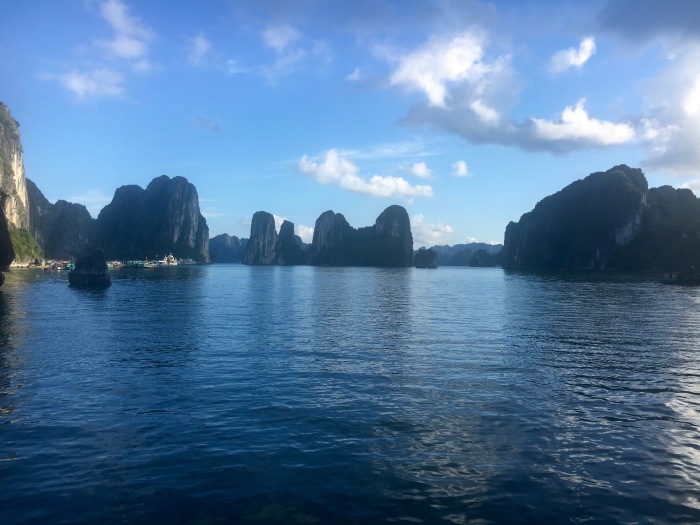
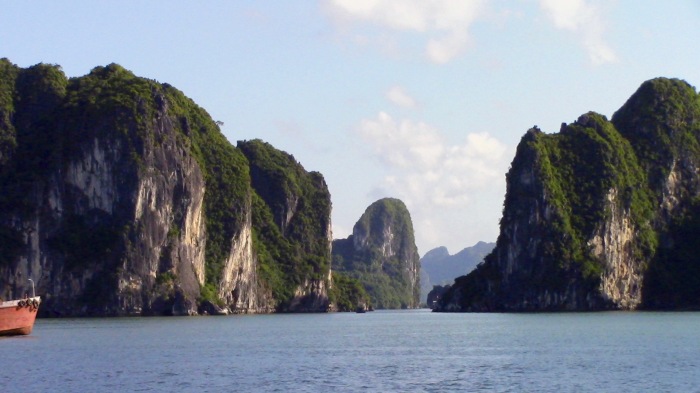
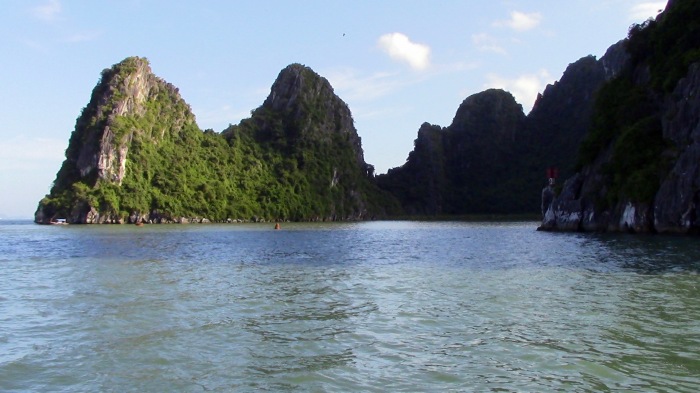
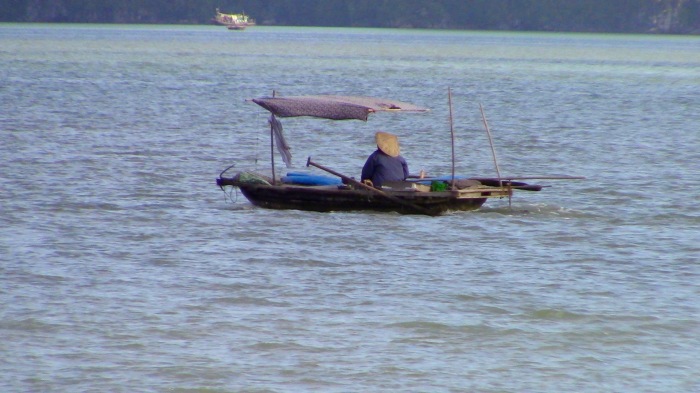
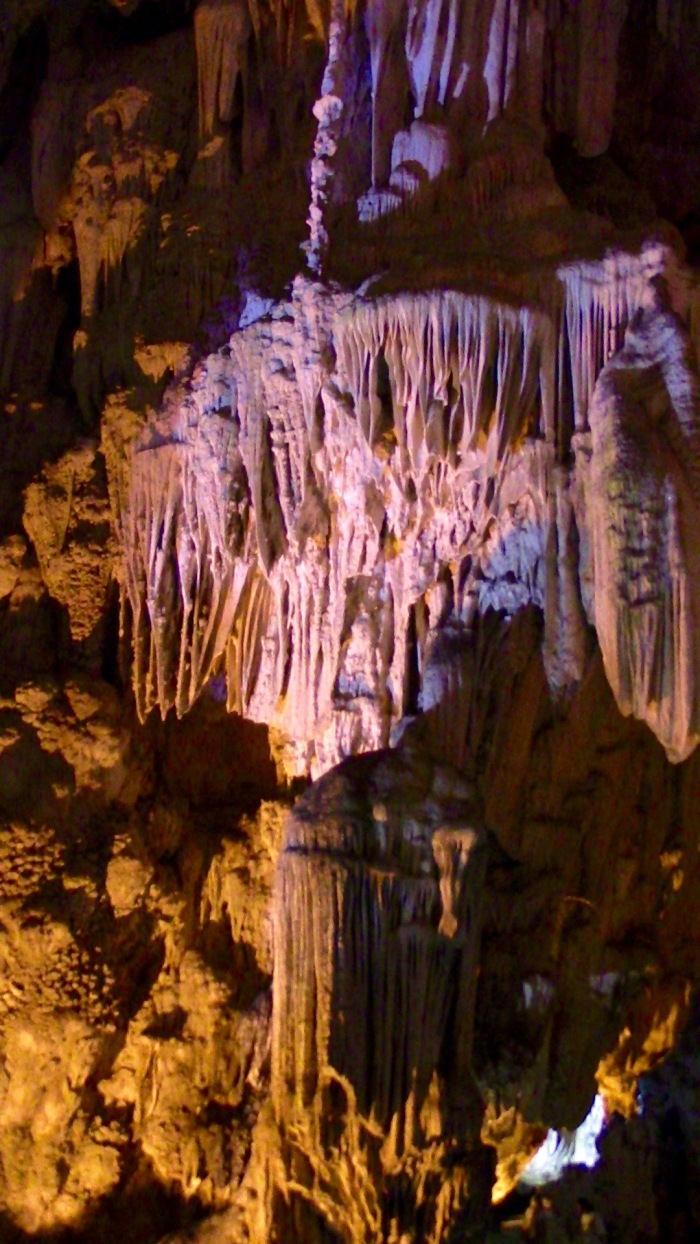
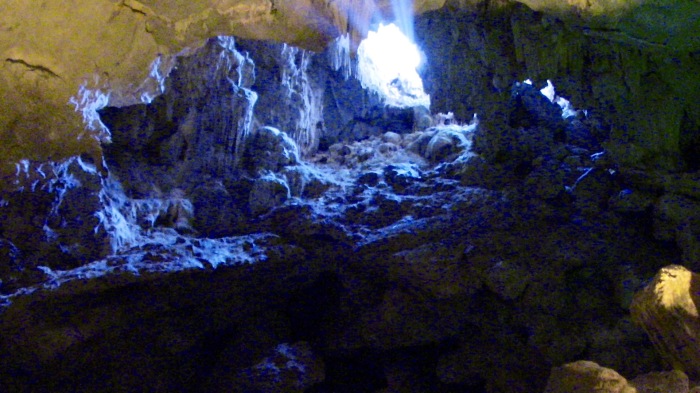
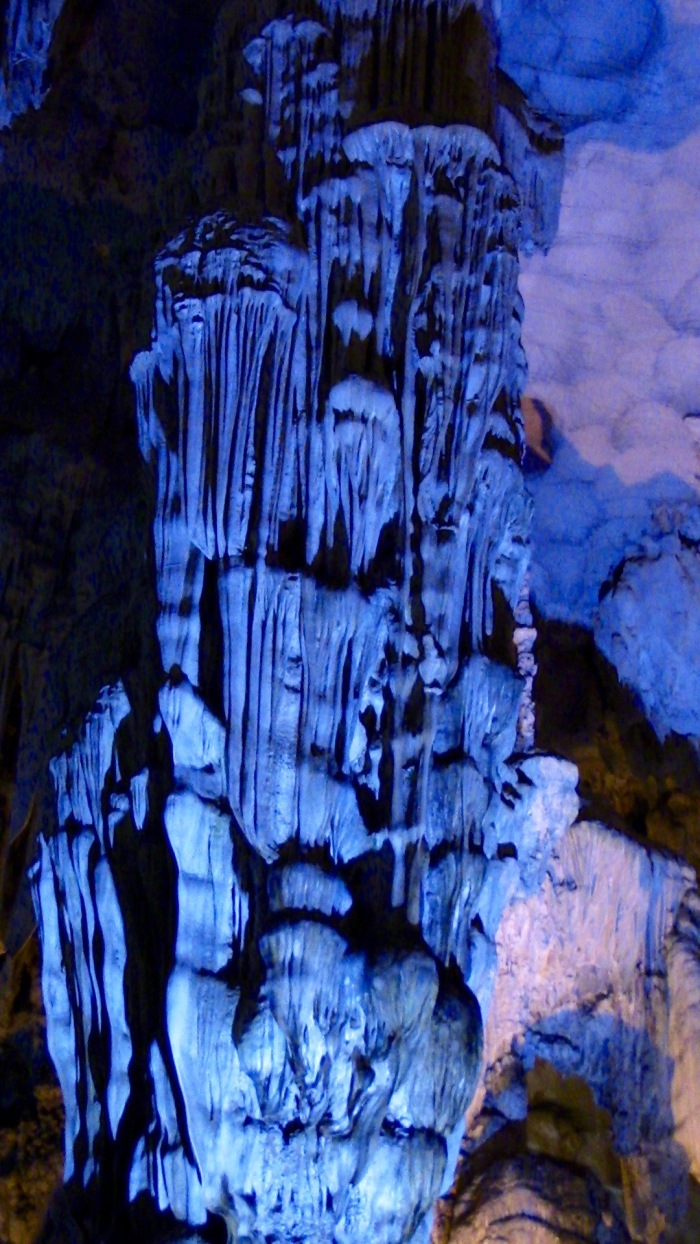
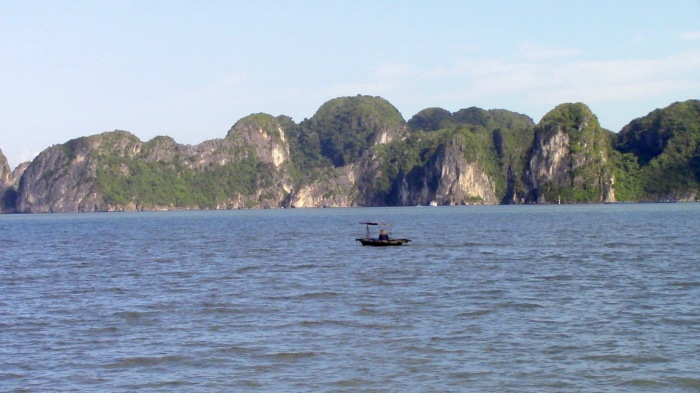

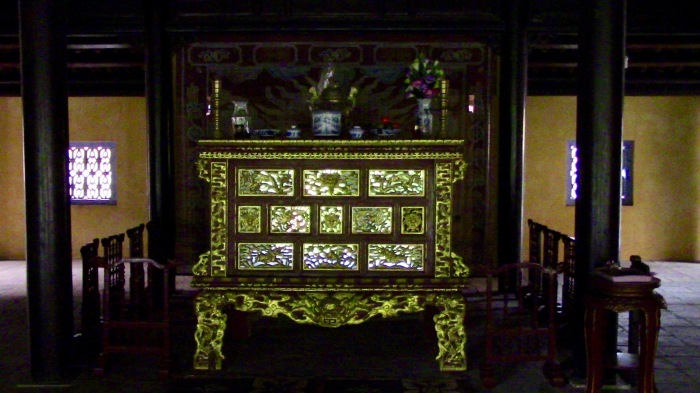
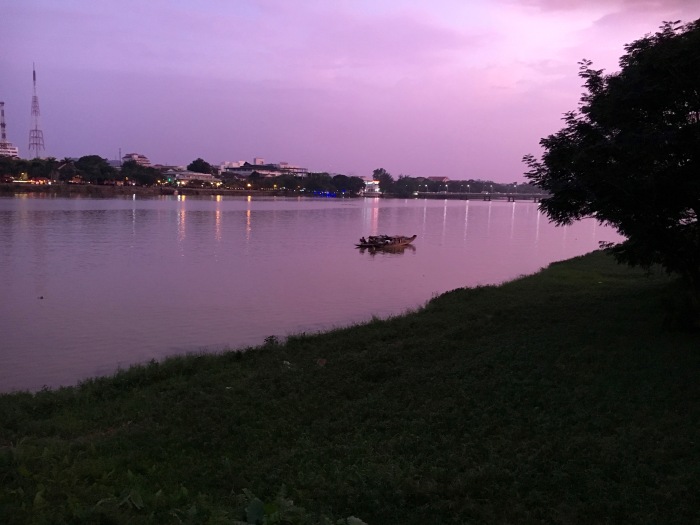
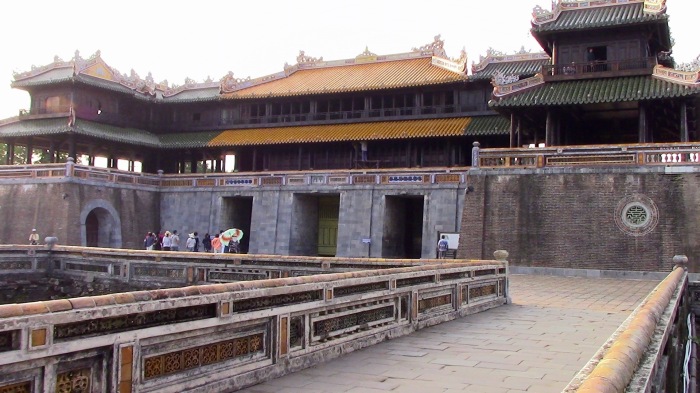
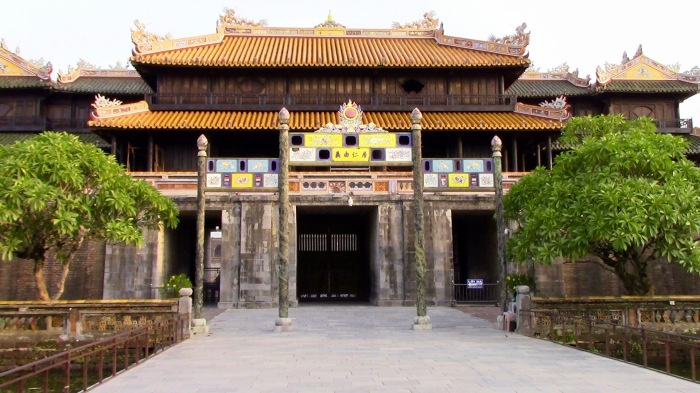

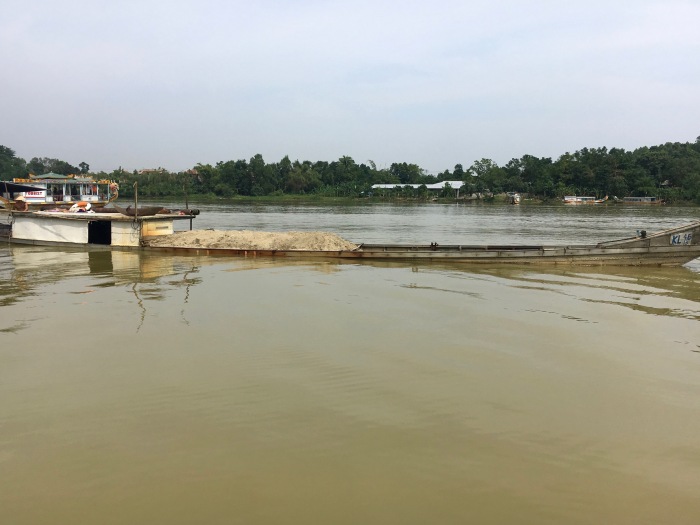 The river is very much alive, Transport, fishing and now tourism fill it. One of the most common sights on the river is boats carrying the rich sediment from the river bottom back to the city. The boats are rudimentary and the operators get paid per loan for the sediment which is used in building. To see those boats filled with the water line so close to the level of the river you wonder why they don’t sink but somehow from generations of experience they thrive.
The river is very much alive, Transport, fishing and now tourism fill it. One of the most common sights on the river is boats carrying the rich sediment from the river bottom back to the city. The boats are rudimentary and the operators get paid per loan for the sediment which is used in building. To see those boats filled with the water line so close to the level of the river you wonder why they don’t sink but somehow from generations of experience they thrive.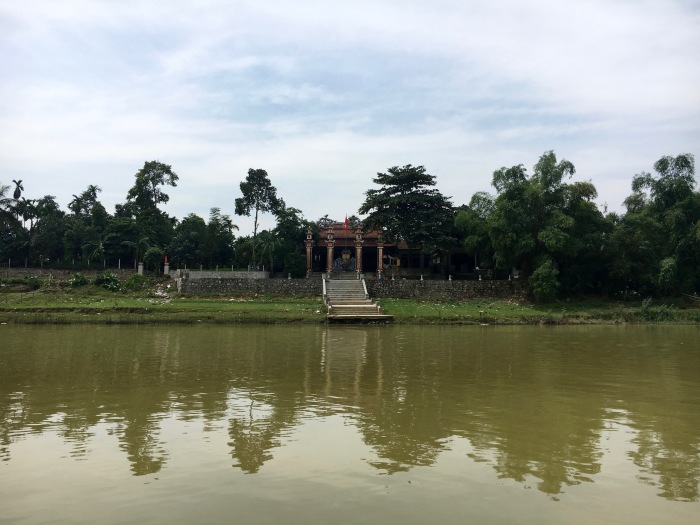
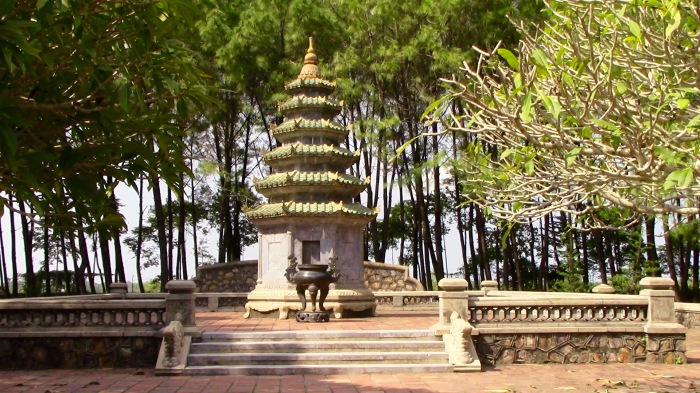
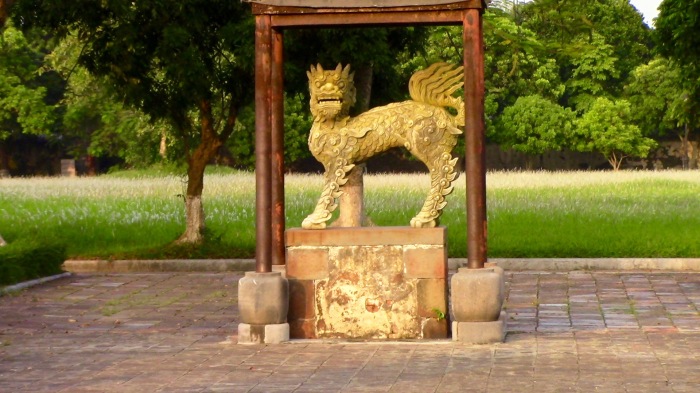
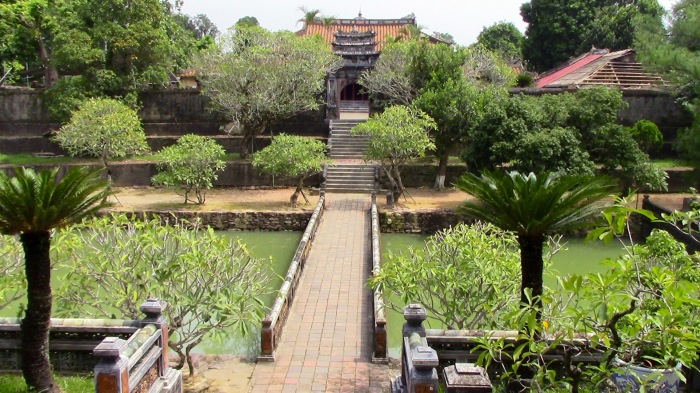
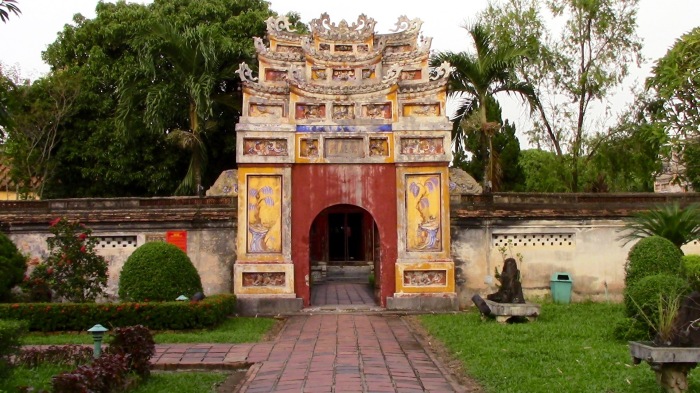

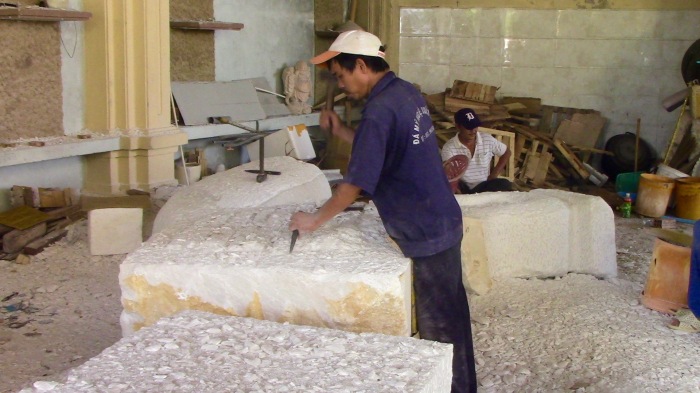
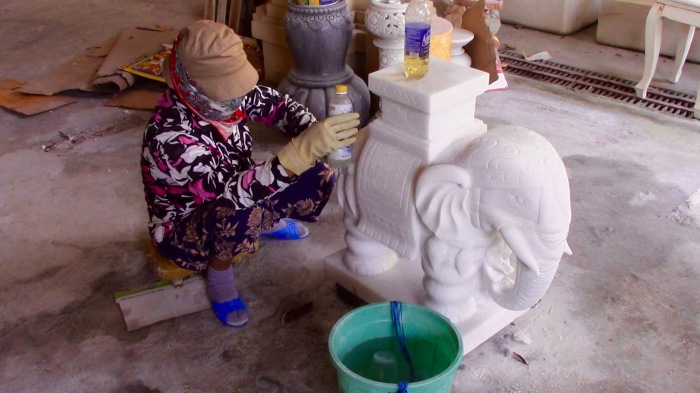
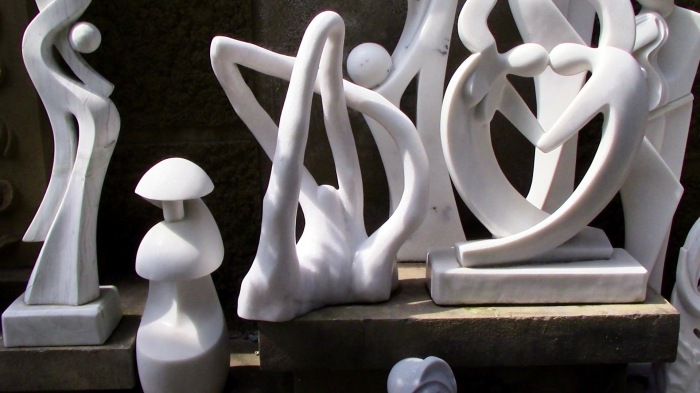
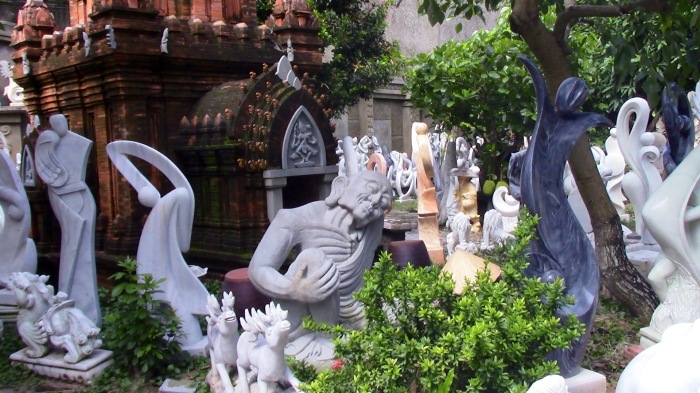


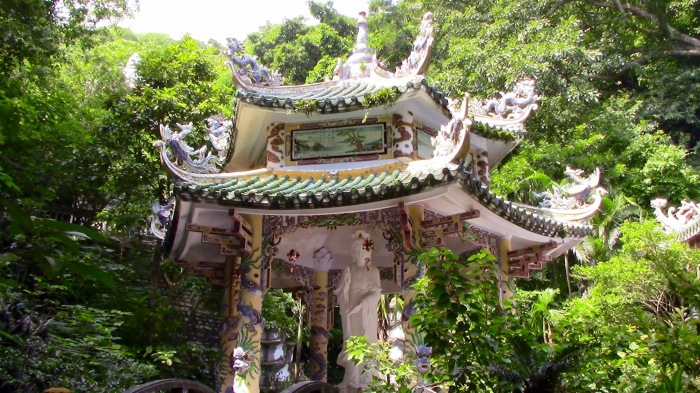
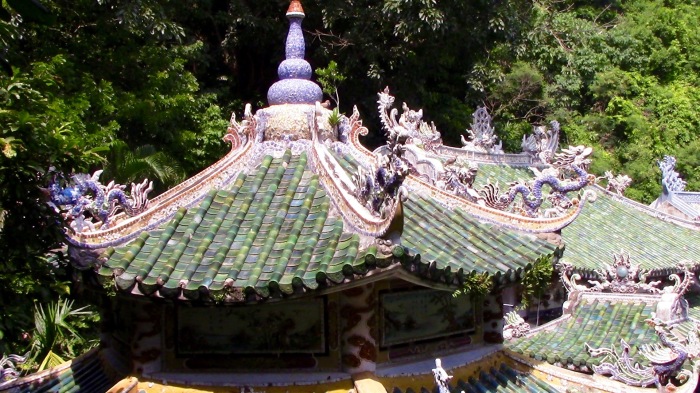
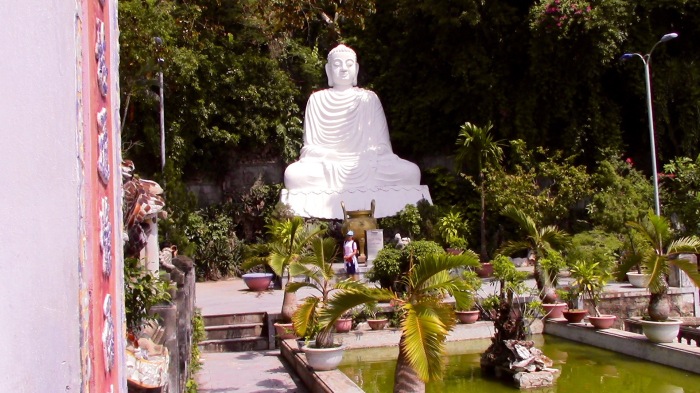
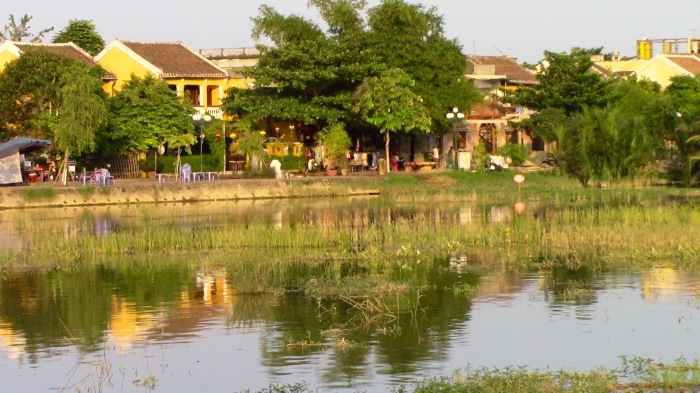
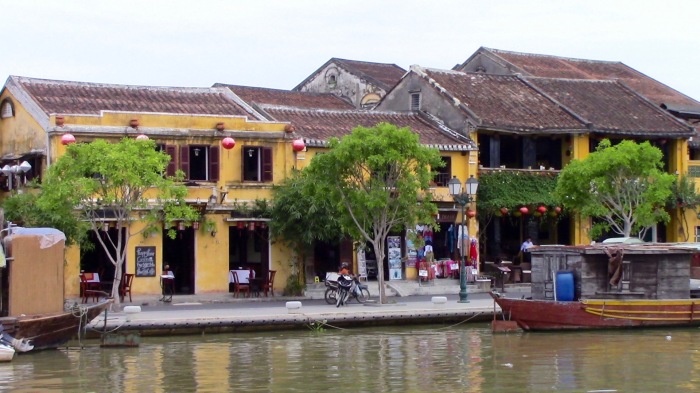

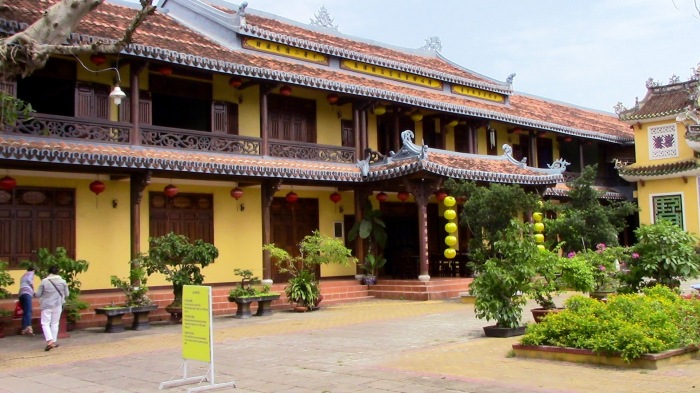
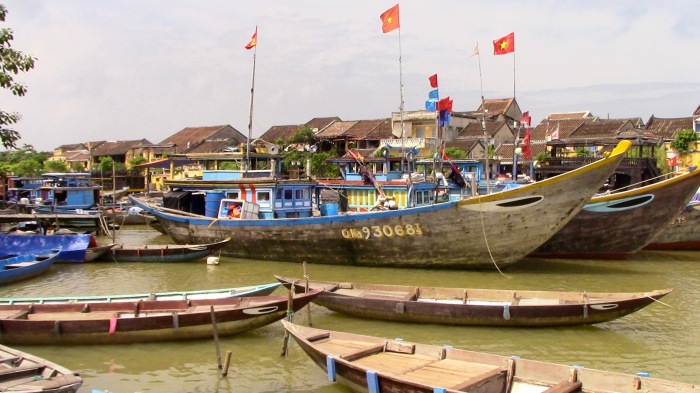 At night the town is lit with lanterns and the many restaurants and bars come alive. There is a huge variety of food from traditional Vietnamese street food to western food if you want it. For myself the street food in Vietnam is amazing, filled with flavour despite its seeming simplicity. You realise that many places are family run which use recipes that they protect to create their popularity which they guard assiduously.
At night the town is lit with lanterns and the many restaurants and bars come alive. There is a huge variety of food from traditional Vietnamese street food to western food if you want it. For myself the street food in Vietnam is amazing, filled with flavour despite its seeming simplicity. You realise that many places are family run which use recipes that they protect to create their popularity which they guard assiduously. 
